
Photo: Tom Goskar. Used with permission.
So far, it's been a very interesting experience in the month and a bit into my sabbatical at London's Natural History Museum. First off, there was that element of giddiness: coming back to an iconic institution that takes me back to my time as a kid in awe of dinosaurs, blue whales and all the sparkly stuff in the mineral exhibits. Next came, a weird sort of pride - like as if being in the museum's great hall, looking up at the beautiful ceiling, and standing in between a Diplodoccus skeleton and a statue of Darwin, made me feel privileged to be a scientist. I felt as if I was in the best-club-ever: one that carried on the work of so many pioneers whose efforts are housed in this museum. But then a strange feeling of discomfort settled in. This was because the science that goes on here, by and large, is quite foreign to the medically genetic driven projects of my own background. In other words, the bench tops here do not always require pipettemans and overpriced electronics. However, after having had the privilege of meeting some lovely people at the museum and viewing a few of these collections, I've come to really appreciate the importance of biological curation.
1. The collections serve as the physical and open portal to specimens needed for biodiversity research.
Here, the collections tackle the old adage that "people only really care about things they know." They provide a place for specimens to have a formal and accessible presence. In other words, when a new species is shared and characterized in the world of science (i.e. via a scientific paper), one of the required acts in this scientific culture is that multiple specimens of the new species must be deposited in a few institutions like the museum. Here, they are invaluable as a resource for making sense of the huge variety of form and function of the organisms on our planet (i.e. taxonomic studies). This can be done from the point of view of morphology, but also as a sort of tissue bank, so that people can perhaps later classify a specimen genetically.
I actually saw this facet in action, having had the chance to visit the museum's arachnid collection (spiders!), which was very cool. I asked the curator, Jan Beccaloni, how many spider specimens there were exactly, and she told me that they weren't entirely sure, but that it was something in the millions, or at least equivalent to "the number of legs you can count divided by eight!" She also described how specimens were always coming in and going out, like packets with legs, stored with things to discover. It was marvelous!

Imagine multiple rooms filled with shelves of spiders like these. The one on the right is a Theraphosidae specimen (Tarantula type).
2. The collections have huge historical value: not only from a humanities angle, but also as a scientific record of the past.
Many of the collections at the museum are very old and/or span a huge timeline. In fact, they very nicely reflect aspects of the scientific process of different times in history, and therefore offer a wonderful window into the history of science. Here, I also had a chance to talk to Mark Spencer, curator of British and European herbariums, and in particular, he was kind enough to grant me an up close look at the Sloane Herbarium.
Coolest book shelves ever! (and possibly one of the most expensive)
In case you didn't know, Sir Hans Sloane (1660-1753) was a fellow, a physician, a scientist who had amassed a massive collection of plants, many of which are impressively bound in the 265 volumes that are housed in a very cool book room within the museum (I should also mention that Sloane was an avid collector of many things - in fact his collections are essentially the initial core of what would be become the Natural History Museum as well as the British Museum).
As a small example of the historic relevance of the collection, let's consider Sloane's connection to chocolate:
While in Jamaica, Sloane was introduced to cocoa as a drink favoured by the local people. He found it 'nauseous' but by mixing it with milk made it more palatable. He brought this chocolate recipe back to England where it was manufactured and at first sold by apothecaries as a medicine. Eventually, in the nineteenth century, it was being taken up by Messrs Cadbury who manufactured chocolate using Sloane's recipe. (NHM website)
Essentially, Sloane had a key role in the popularity of "milk" chocolate. In fact, one of the original cocoa (Theobroma cacao) specimens first brought over to England can be seen in the Sloane Herbarium.
These historical collections also provide a scientific snapshot of the past, a sort of biodiversity record book. For this aspect, Johannes Vogel, Keeper of Botany at the museum, provided a great example of this. Here, I was told that the peregrine falcon eggs used to suggest DDT effects on eggshell breakage and population loss are primarily housed at the museum. This was largely work done by Derek Ratcliffe in the 1960s, that was eventually part of the argument used by Rachel Carson in her book "Silent Spring."
Furthermore, in his 1970 paper, "Changes attributable to pesticide in egg breakage and eggshell thickness in some British birds," Derek went on to provide a very nice study that confirmed this link. i.e. population numbers were closely attune to egg breakage within the nest of these birds; which was best explained by the apparent thinning of the eggshells; which closely correlated to the introduction and prevalence of synthetic organic chemicals such as DDT; which was verified by accessing the actual amounts of the synthetics in the various egg shells. Basically, this type of work could not have been done had there not been a collection available, a collection that house various Peregrine eggs from different points in time.
Finally, I should point out that this sort of example is particularly prevalent today. As climate change alters ecosystems and the geochemistry of our planet, these collections, especially ones that stretch far back in time, are providing valuable data on the past. Which is important: as it is this sort of data that helps us more effectively examine the present, as well as provide a possible window into the future.


 What makes you think they were used for surgery?
What makes you think they were used for surgery?























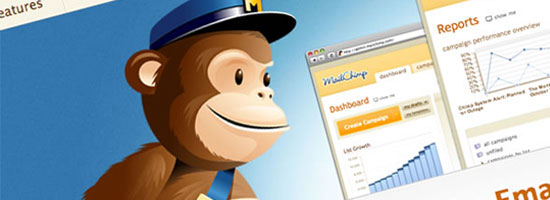

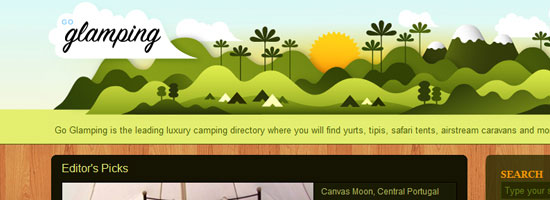





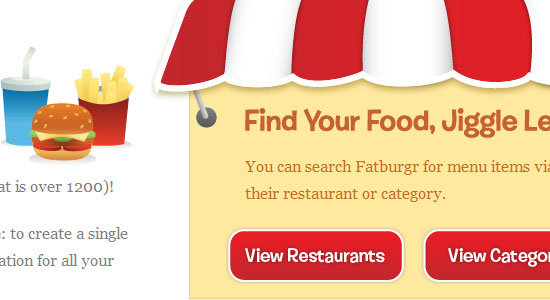

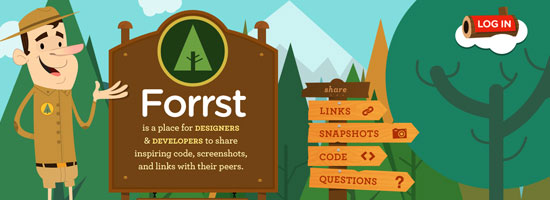

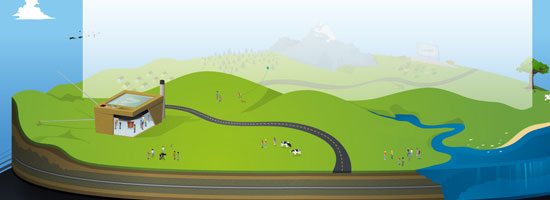
 Jake Rocheleau is a social media enthusiast and an Internet entrepreneur. Having spent over 4 years working freelance web design, he frequently writes articles involving new-age design concepts and personal motivation. You can find him all around the web via
Jake Rocheleau is a social media enthusiast and an Internet entrepreneur. Having spent over 4 years working freelance web design, he frequently writes articles involving new-age design concepts and personal motivation. You can find him all around the web via 

